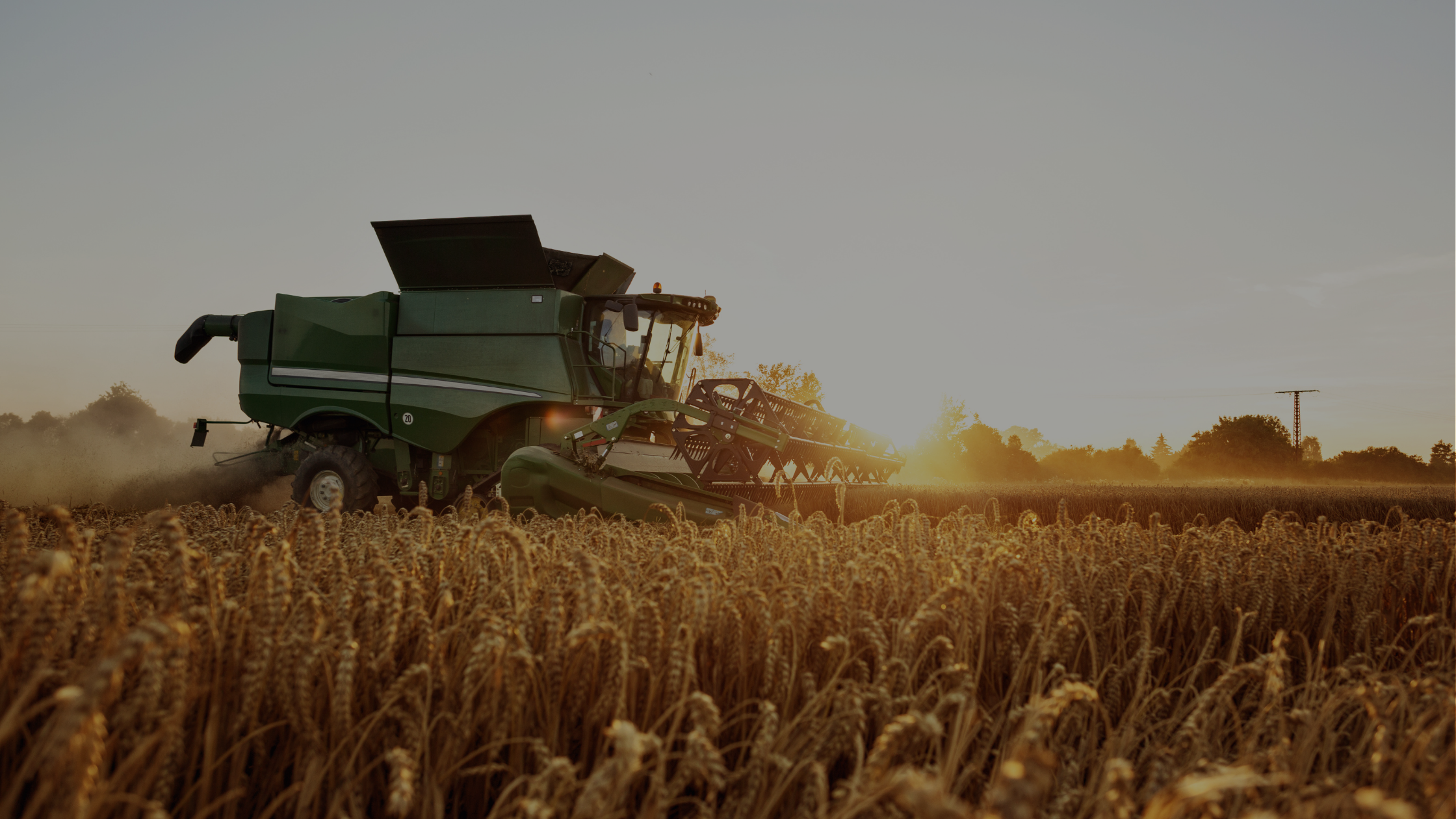
Harvest the Sun: A Farmer’s Guide to Going Solar
We are starting to see even more catastrophic climate change effects around the world, with many experts predicting that floods, fires, and more intense storms and heatwaves will become the norm. Reducing carbon emissions is essential to help protect our planet and reduce the chances of more climate change disasters.
To do this, we need to get better at using renewable energy, as well as changing many of our habits, such as traveling in more eco-friendly ways. One of the easiest ways to start using renewable energy is to harvest the sun, or in other words, generate solar power through solar PV panels.
In the farming industry, as well as being able to make a significant difference in combatting climate change, by generating renewable energy, farmers can make big savings on their energy bills.
Energy usage on farms
Electricity accounts for 33% of the energy used in agriculture, so there is the potential to massively reduce energy consumption and drive energy savings through the installation of solar panels and wind turbines. Electricity is used for heating and cooling in livestock production, as well as operating irrigation pumps and other machinery used in crop production.
While the agricultural industry is not one of the top industries for energy consumption, it still is in the top 10 industries at number 8, according to energy suppliers Gazprom. Commercial and miscellaneous services, public administration, and manufacturing were listed as the top 3 biggest business energy consumers in the UK.
How to incorporate solar
Farms are the ideal environments for generating renewable energy from wind turbines and solar panels, due to the large amounts of land available and also the large farm buildings with an ample amount of roof space that solar panels can be installed onto.
Incorporating solar energy into your farm is very straightforward and renewable energy companies such as SolarCentric can arrange every aspect of it for you. These are the main steps to going solar:
1. Consultation
You would then be able to provide any feedback and ask any questions you may have about the system. The company will also predict how much you will save on energy bills, so you can see when the panels will have paid for themselves by (or you can see how much the PPA rate is)
Our sales team will take you through a simple step by step process of the systems functionality and how it can benefit you. They will ask some questions about your preferences in terms of buildings to be used for solar panels and any other requirements and also request details about your existing energy consumption, so they can provide a projected savings figure.
2. Quote
Once you have reviewed the proposed design and agreed on the quote, we will measure your roof on Google Earth and send over your personalized design and quote.
3. Site visit
After accepting your quote, the starting point would be to arrange for a fully accredited solar panel professional to visit your farm and conduct a technical survey to assess the available space and to take measurements.
4. Installation of solar panels
The next stage is to review the survey, and confirm when the install engineers can begin the installation. The length of time this takes will vary depending on how many solar panels are being installed and the structure that the panels are being installed onto. Most commercial solar panel installations will be completed in 1-3 days unless it is a particularly large installation project.
5. Arrange the Feed-in-Tariff
Once the panels have been installed, it is time to start harvesting the sun by arranging to receive payments from your energy supplier for providing renewable energy. The energy you generate can be offset against your energy bills and you can also receive money for additional energy that you do not use through a Smart Export Guarantee.
6. Minimal maintenance
Your solar panels require light maintenance so they will continue to generate energy for a very long time. You will benefit from savings straight away and your farm will be set up to be more sustainable in the future.
Financing solar PV for farms – Solar PPAs
Farmers are also able to benefit from solar PPAs, which is a Power Purchase Agreement, where you can fund the installation of the solar panels through the agreement, without paying an upfront fee. Instead, you will pay a fixed fee each month that is usually below the rate available via the grid, with the rate being dependent on how much solar energy your farm can generate.
With the recent news that energy prices are about to increase and the high likelihood of energy prices continuing to increase, now is the ideal time to get started with generating renewable energy through solar panels.
Contact SolarCentric and we can arrange a site visit to review your available space and to provide a quote and projected savings calculation.
Call 0330 0552155 today to get started with harvesting the sun with help from solar power experts.


